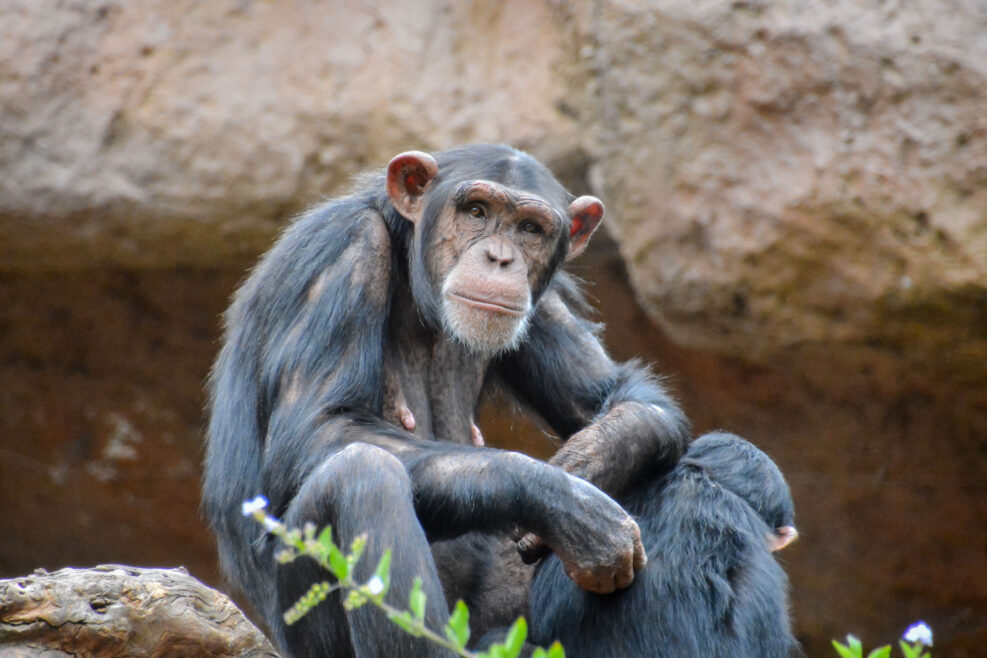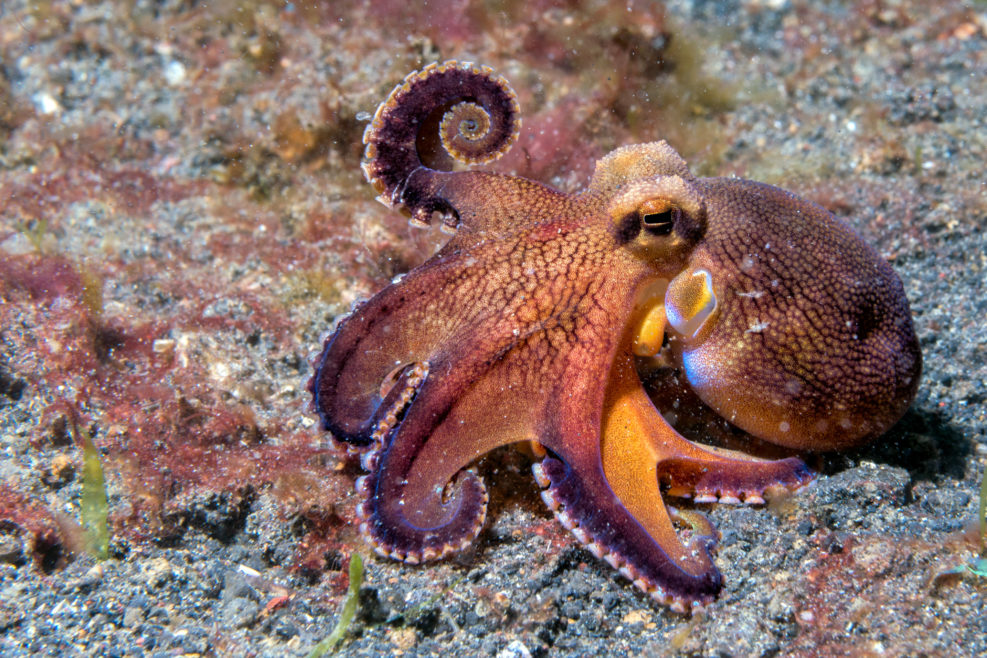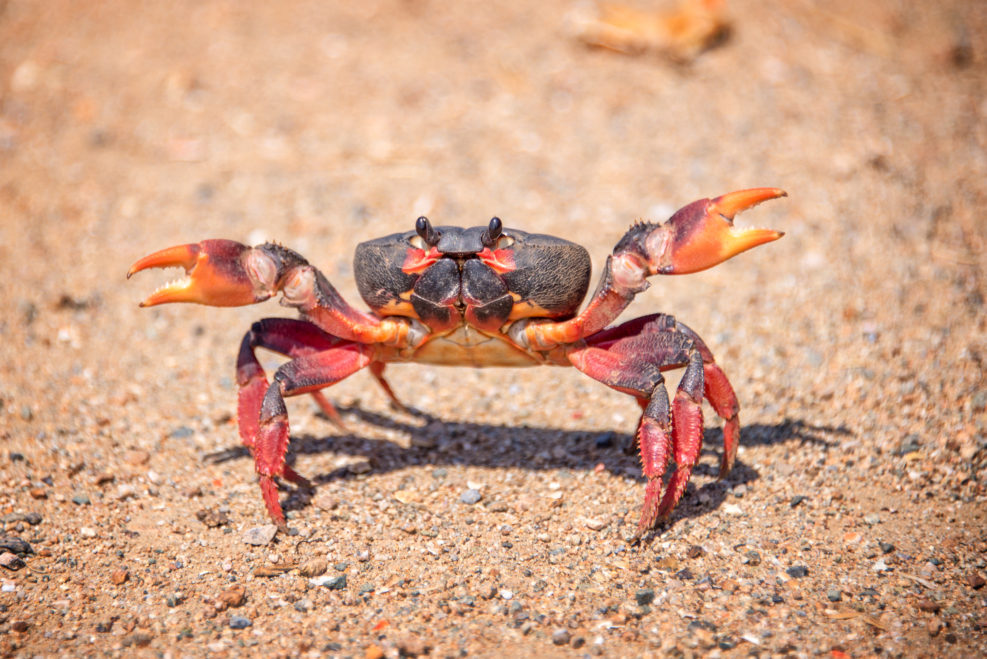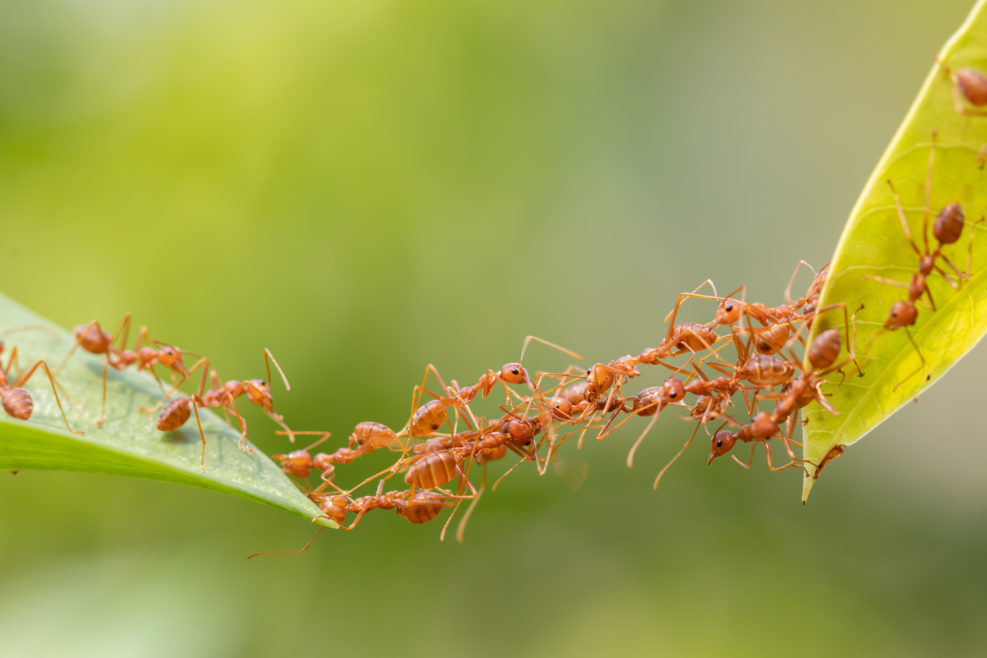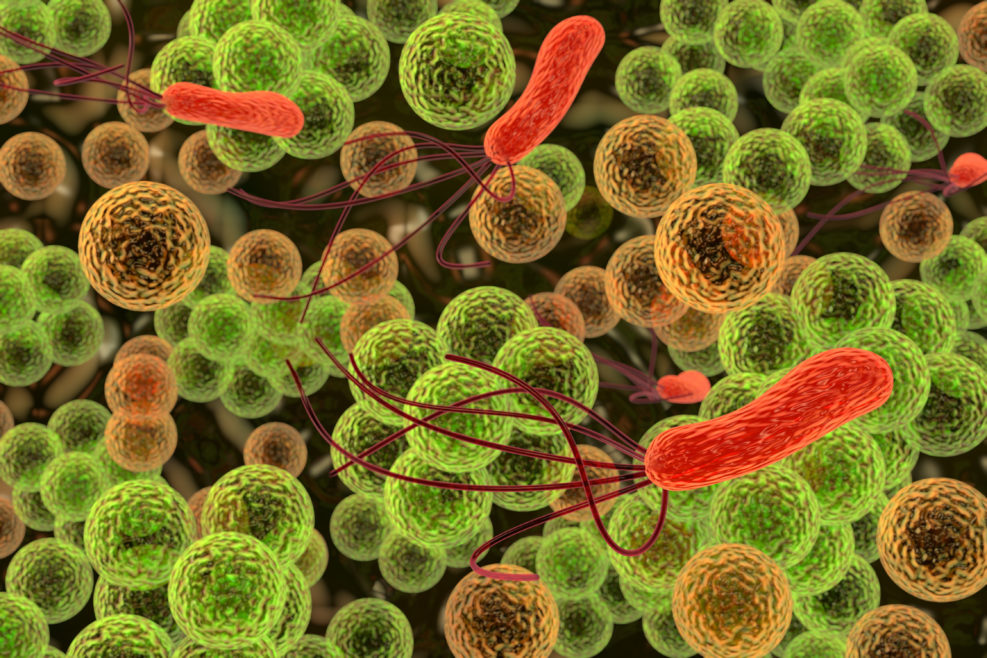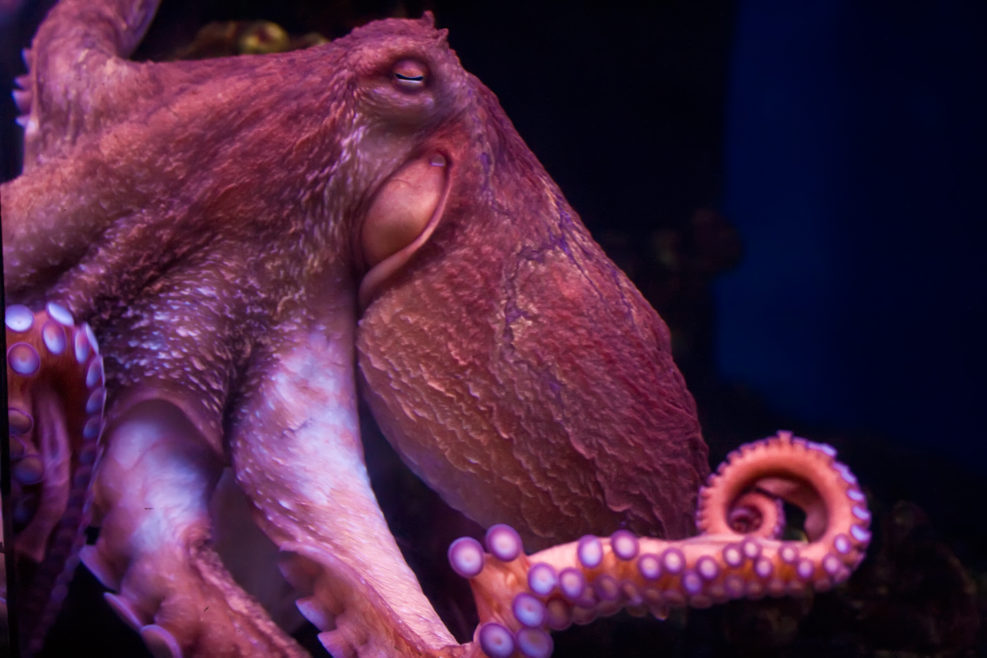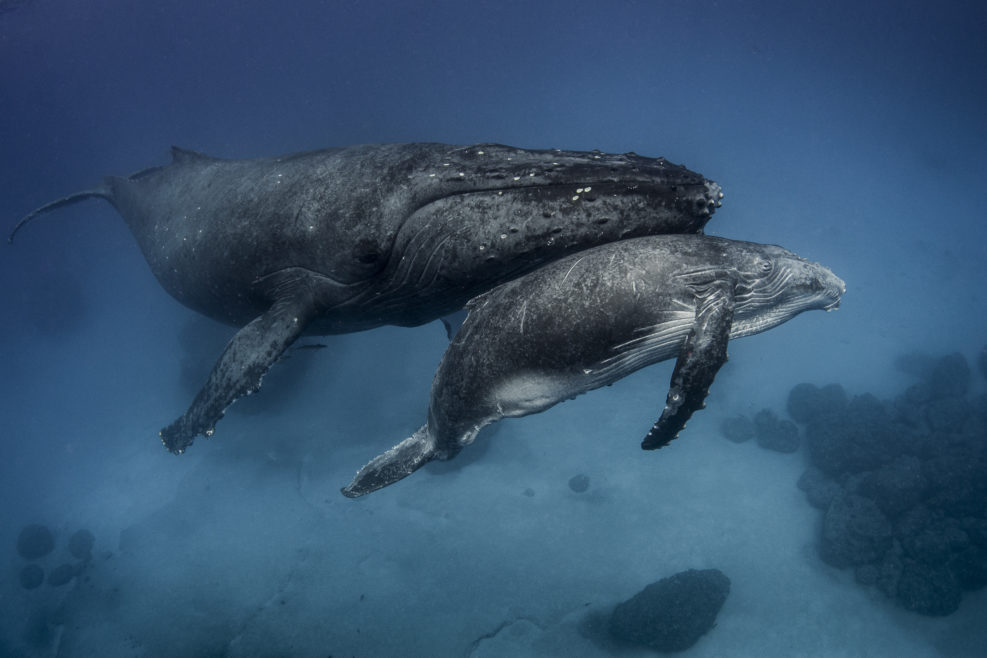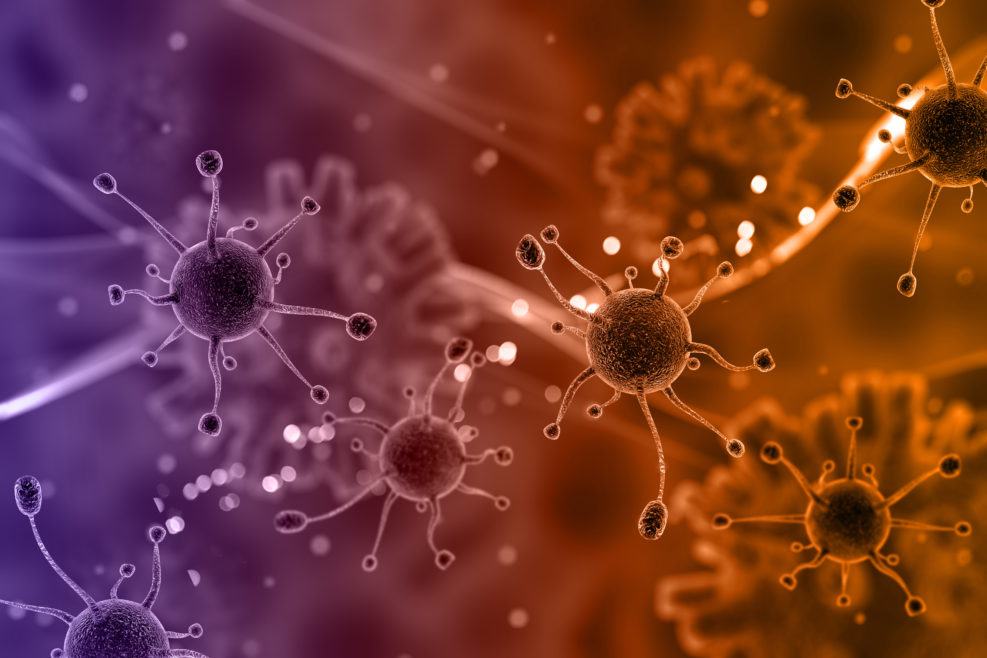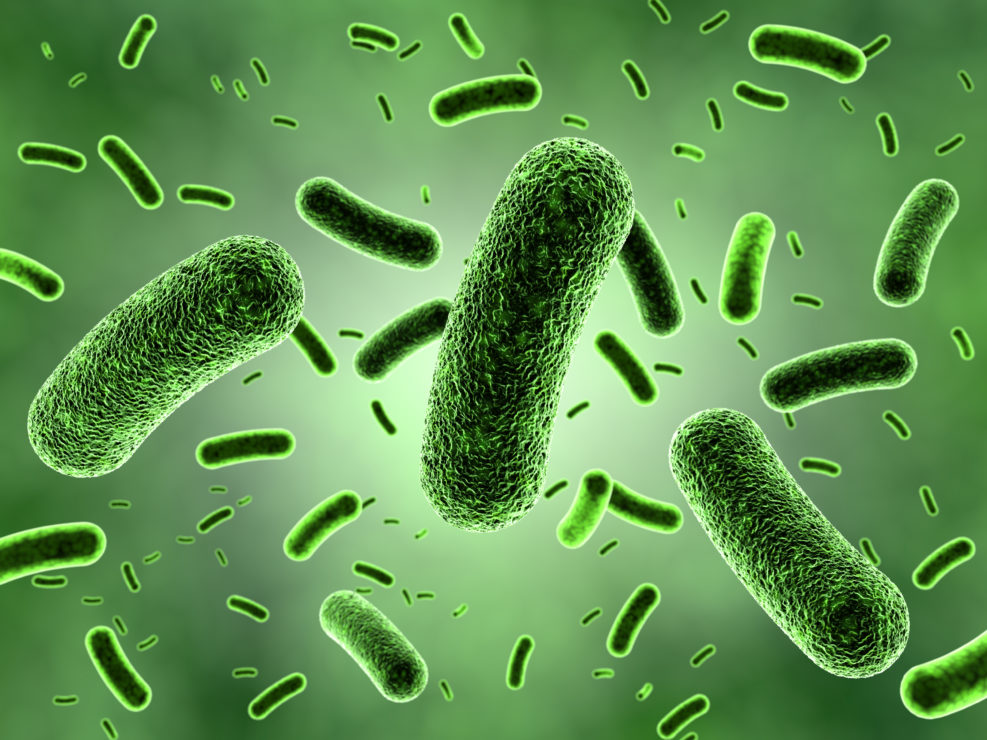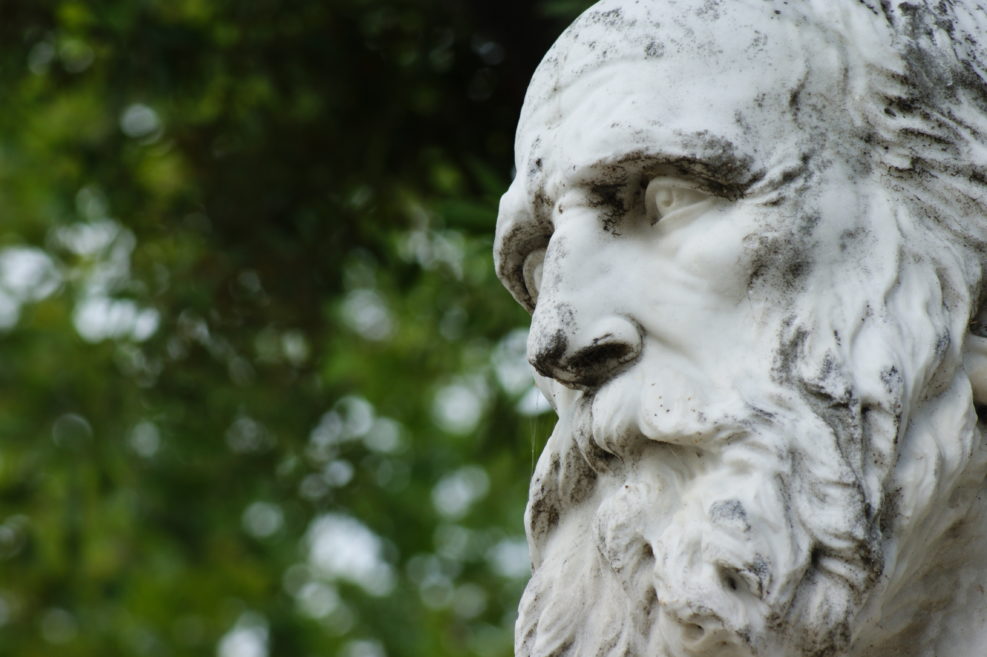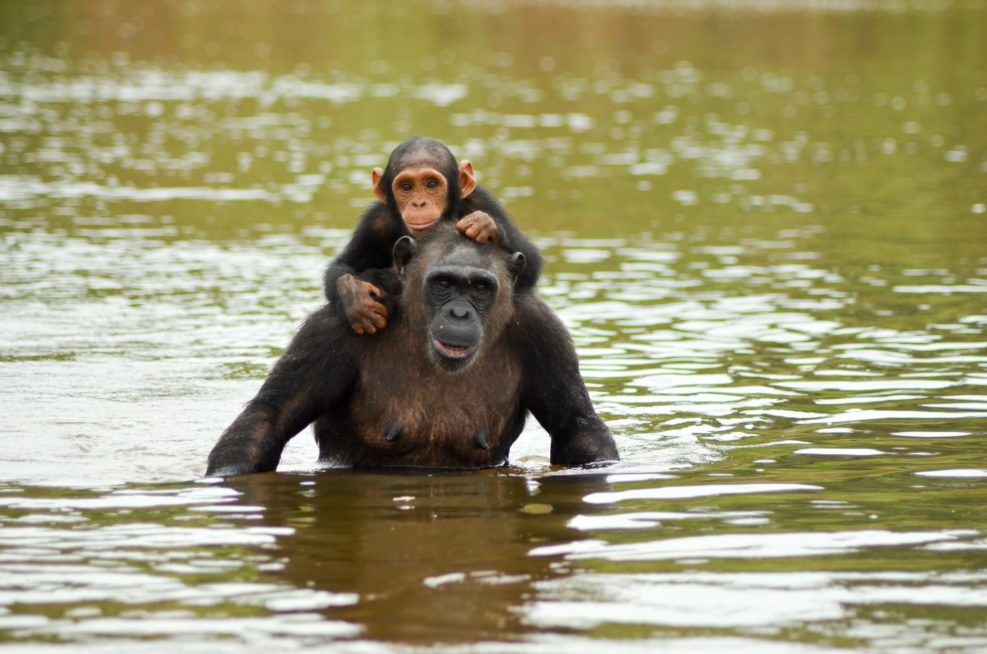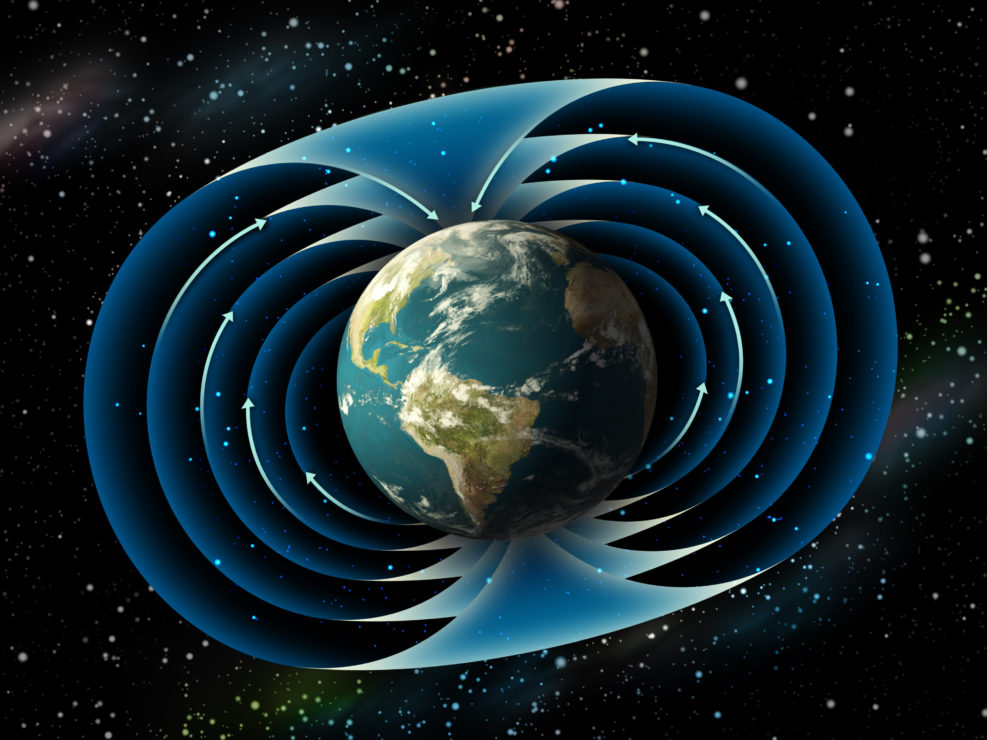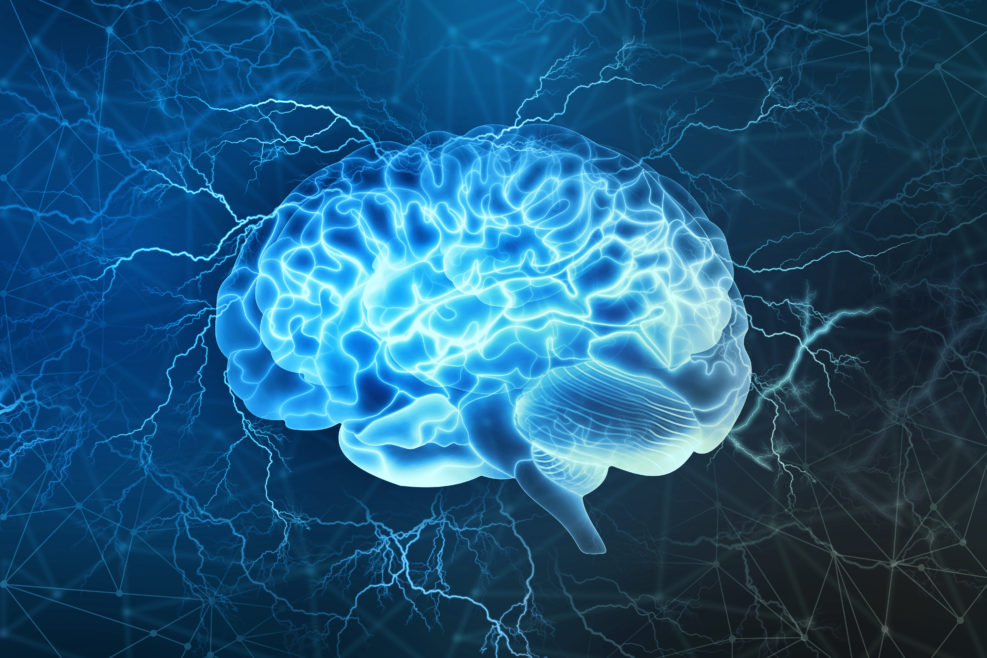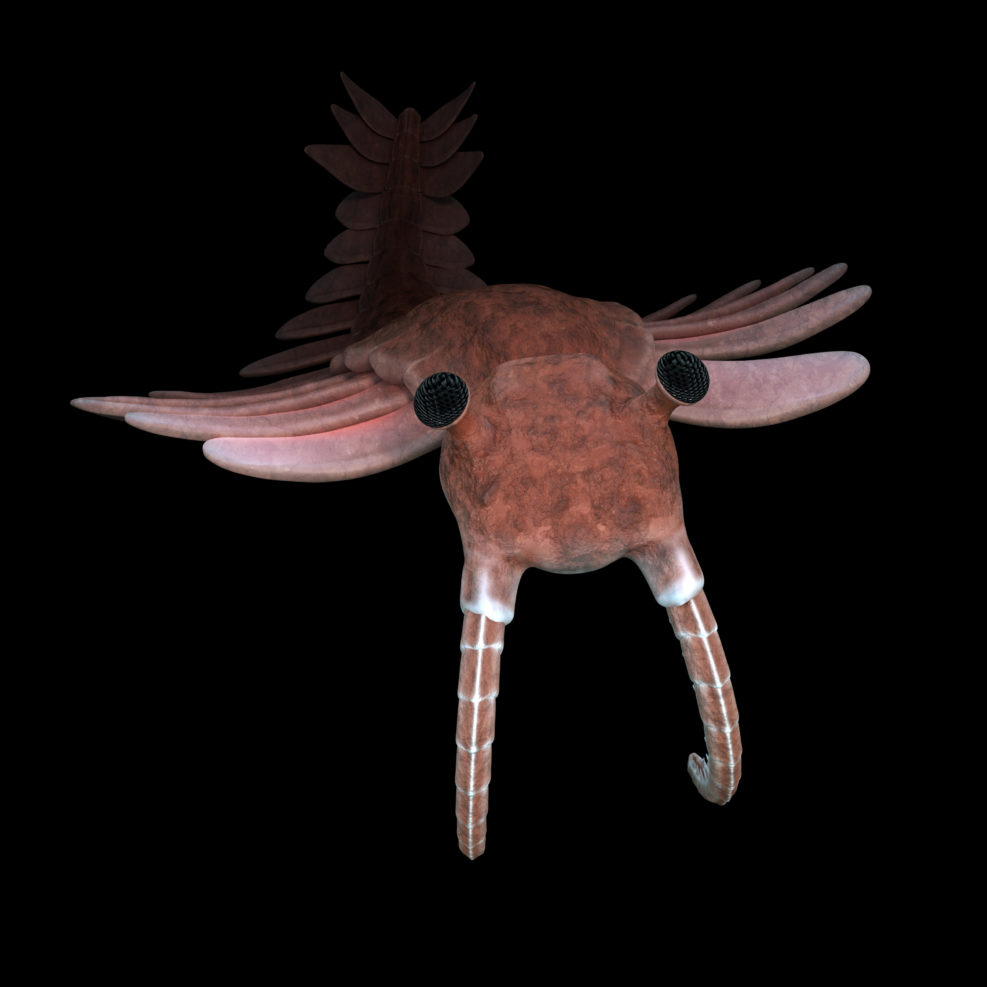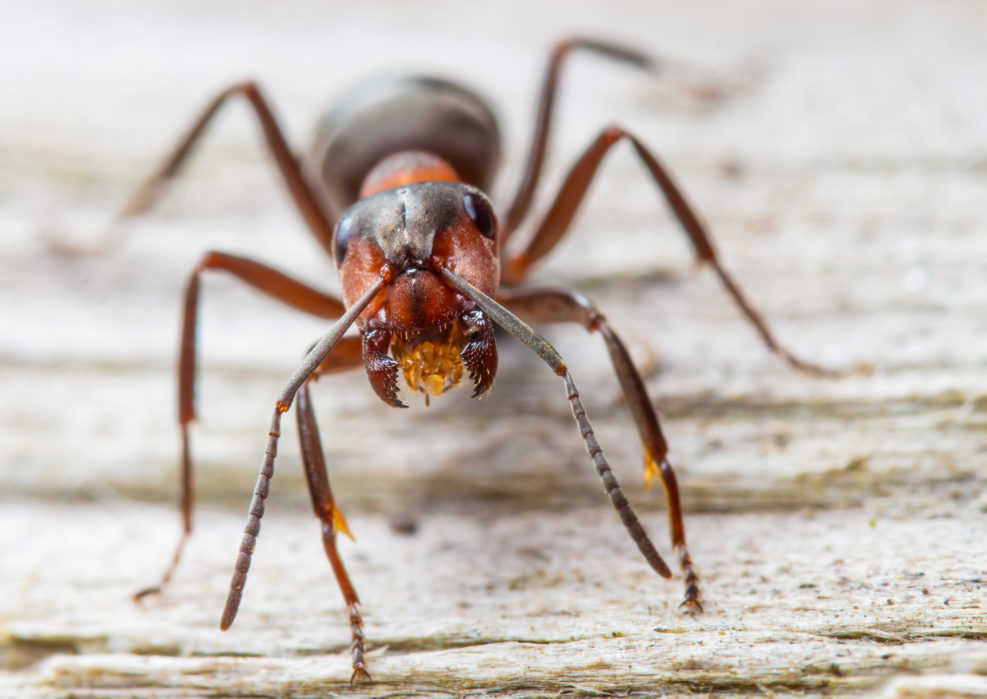
Neuroscience Mystery: How Do Tiny Brains Enable Complex Behavior?
Eric Cassell notes that insects with brains of only a million neurons exhibit principles found only in the most advanced man-made navigation systems. How?Recently, geologist Casey Luskin interviewed Eric Cassell, author of Animal Algorithms: Evolution and the Mysterious Origin of Ingenious Instincts (2021) on one of the central mysteries: How do animals “know” things that they can’t have figured out on their own? Consider, for example, butterflies migrating over several generations from Canada to Mexico and back. No single butterfly makes the whole trip there or back. How can animals do math they know nothing about? How can a great deal of information be packed into a brain with comparatively few neurons? We are slowly learning about some of that. Eric Cassell is an expert in navigation systems, including GPS, whose experience includes more than four decades in systems engineering related to aircraft, Read More ›

